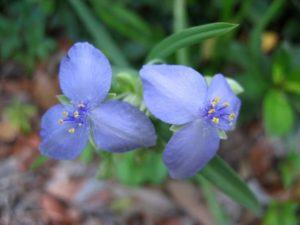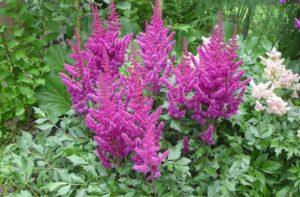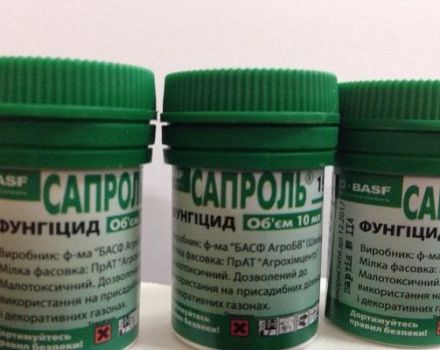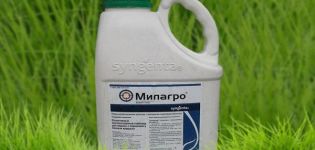Planting, care and reproduction of saintbrinks in the open field, description of flower varieties
Sentyabrinki, as they are popularly called, or Virginia asters (New Belgian), got this name for a reason. It is directly related to their flowering, which begins in September. Gardeners appreciate and love saintbrinks, as they are not only pleasing to the eye when all the flowers have long faded, but also unpretentious, they are easy to care for, they are easy to plant and propagate.
Description and features
Sentyabrinki is a bushy herb from the genus Astrovich, native to North America. Sometimes they are called octobrines, as they bloom until late autumn and are not even afraid of the first snows. Virginia aster bushes are highly branched and covered with numerous small flowers. One bush can have up to 200 units of flowers. The middle of the flowers can be yellow, orange, red or burgundy. And the petals are most often lilac, but there are varieties with white and pink shades.
Growing from seeds
These flowers are often grown from seed, as it is nearly impossible to find seedlings.
Growing seedlings
In order to grow seedlings from saintbrink seeds, you need to choose the right planting material, plant it on time and organize proper care.
The choice of planting material
For growing seedlings, it is better to purchase seeds from a specialty store, rather than collect them yourself. Due to late flowering, the seeds do not have time to ripen, and the collected material will have a very low germination capacity.

Timing
The seeds of the Virginia aster begin to be planted in February, in order to have time to grow seedlings until spring, or rather until May. It can be planted in the fall, because the plant is frost-resistant, but it is still better to do this in the spring. This will give the seedlings time to acclimate and develop the root system.
How to plant
For sowing seeds, take any low containers. They are filled with soil, then shallow grooves are made and seeds are sown in them. Sprinkle on top with a thin layer of soil, about 3-5 mm, slightly pressing it down.Next, irrigate the soil with seeds and cover with a sheet of glass or polyethylene. Place the container in a warm, well-lit place, waiting for them to sprout to plant them. After 3 weeks, the first shoots will appear. At this time, you need to remove the shelter.
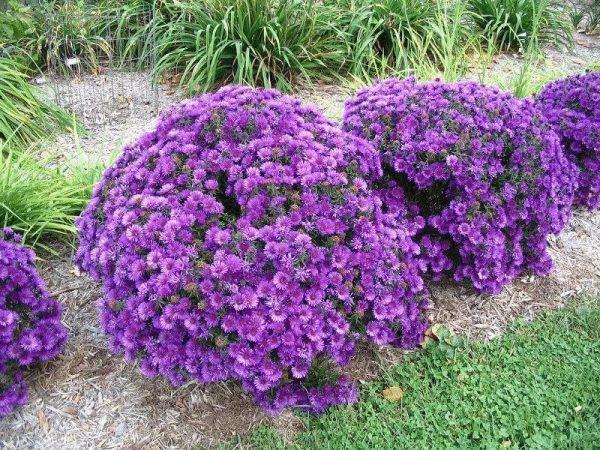
Watering
The sown seeds need regular watering. Care must be taken to ensure that the soil does not dry out and is always moist. But waterlogging also adversely affects the formation of seedlings. It is also important to periodically air the plantings, the formation of condensation inside the container with the sown seeds is unacceptable.
Picking
After a month, the sprouts will be ready for picking. They are carefully removed from the soil and, together with the soil that is near the root, are transferred into separate containers, for example, cups.

Hardening
In the spring, seedlings must be hardened. For this purpose, containers with it are taken out every day and left for some time in the fresh air.
Landing in open ground
When the seedlings are strong enough, they are planted in open ground. But before that, you should choose a place and prepare the ground.
Seat selection
Sentyabrinki are not capricious, therefore they grow well on any soils, except loamy ones. When choosing a place for planting seedlings, it is better to give preference to a sunny area without drafts. Preferably on a hill to avoid possible flooding.
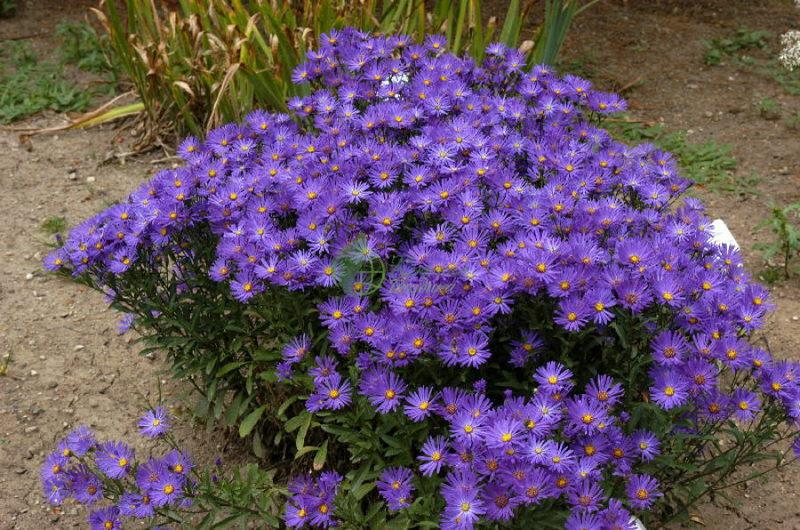
Soil preparation
2 weeks before planting seedlings, the site is prepared. To do this, they dig it up and apply fertilizers. These can be organic or mineral compounds.
Landing scheme
For planting, dig holes, their depth should correspond to the root system of the seedlings. Pour them with water, and after it is absorbed a little, plant seedlings.
The distance between plants should be about 50 cm.If this is a planting above the paths, you can reduce it to 20 cm.
Care
In order for the saintbrinks to grow lush enough and bloom profusely before the onset of frost, like any other plant, they need to be looked after.

Watering
The shrub especially needs watering for the first 2 weeks after planting. Then he goes into a phase of active growth and can already independently cope with short-term droughts.
For irrigation they take settled water. Watered not often, but abundantly.
Loosening and weeding
From time to time, the soil around the flowers of the Virginia aster should be loosened so that a sufficient amount of oxygen gets to the rather developed root system of the plant.
And weeding serves as the prevention of some diseases and pests, which the plant can become infected with from weeds.
Top dressing
For the entire season, the saintbrinks need to be fed 3 times. The first is carried out in the spring, at this time nitrogen-containing fertilizers are applied. The second, potash top dressing should be done in the middle of summer. And with the beginning of flowering of the shrub, phosphorus fertilizers are applied.
Pruning
In order to stimulate growth and enhance the flowering of the shrub, pruning is carried out. All dry and wilted shoots are removed. Healthy branches can also be cut to form a beautiful bush. They can then be used for reproduction.
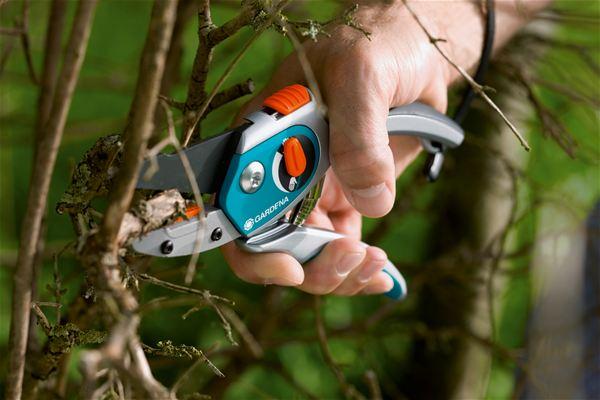
Transfer
In order for the Virginia aster to feel well and develop harmoniously, it needs to be transplanted to a new place every 4-5 years. Such transplants are carried out in the spring, so that the bushes have time to take root before winter. By transplanting in the fall, the gardener runs the risk of rubbing the plant.
Wintering
After the shrub has completely bloomed, its stems are cut at the root. Adult plants do not need any shelter, but young ones are best insulated for the winter. To do this, use dry foliage, grass or spruce branches.
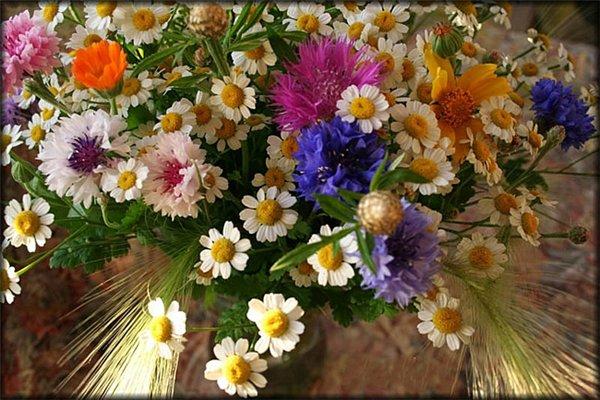
Reproduction
There are several ways to propagate saintbrinks.
Dividing the bush
By this method, the plant is propagated most often. To do this, the bush is dug out completely, and then divided into several parts.In fairly mature plants, woody parts are removed, as well as non-viable shoots and planted in different holes.
Cuttings
This breeding method is not easy and does not always end with success.... This procedure is carried out in June. To do this, you need to cut off young shoots, the height of which is 10 cm. For cutting, you can use pruning shears or sharp scissors.
The ends of the cuttings are immersed in water and wait for them to take root.
The cuttings are then inserted into the soil and covered with cut plastic bottles. They are not removed for a month. Next, the bottles are slightly raised so that the plant gets used to changes in temperature and humidity. After a few days, the bottle is removed completely. The stalk is not transplanted until the next spring.
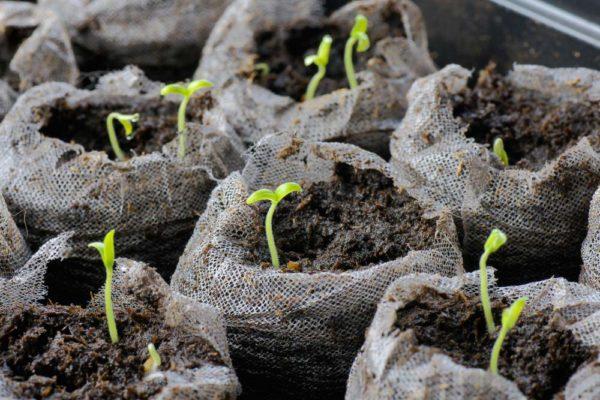
Seeds
Flowers are propagated by sowing in open ground very rarely, they are more often used for seedlings. When sowing seeds, you need to be sure of their freshness, as they quickly lose germination.
Diseases and pests
The Virginia aster has strong immunity, but it is still susceptible to some diseases.
Powdery mildew
This is a fungal disease that manifests itself as a white coating on plants. At the first sign of illness, treatment should be started immediately. Otherwise, powdery mildew can destroy the plant. Over time, plaque will cover the entire ground part, the foliage will turn brown and crumble. They treat this disease with fungicides, which include copper.
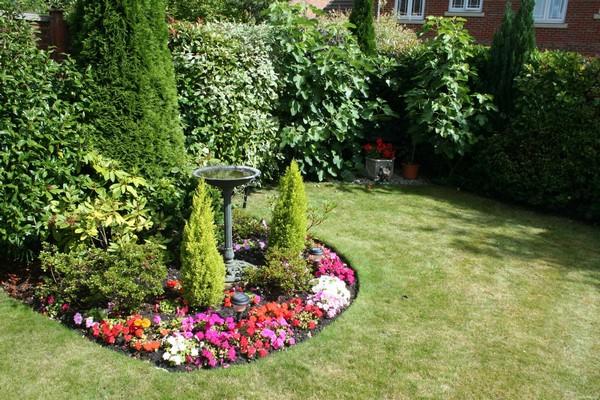
Blackleg
Often, with excessive moisture and hot weather, a disease such as black leg appears. Its main symptom is the blackening of the stem at the base. It is almost impossible to cure the affected plant, so they are dug up and burned.
In order to protect young shoots from this disease, it is necessary to treat them with Previkur or its analogs.
Fusarium
With Fusarium, the foliage of the santabrins first turns yellow, and then turns brown and falls off. Fusarium also cannot be cured, therefore prophylactic treatments with Fundazol or Rovral should be carried out to combat it.

Rust
Sometimes a red bloom may appear on the plant. This is a symptom of a condition called rust. They fight it with the help of fungicides like the preparation "Skor".
Meadow bug
Rarely, but still it is possible to notice a meadow bug on the Asteraceae. This pest is easy to deal with using any insecticide available.
Spider mite
This pest can be red, orange and yellow in color. Its appearance on the plant is evidenced by the appearance of small white dots on the foliage. First, they settle on the lower part of the leaf, and over time they move to the upper part. To destroy this mite, small-drop spraying of the bushes with phosphorus or sulfur preparations is carried out. Also use insecticides: "Aktofit", "Fitoverm" or "Vermitic".
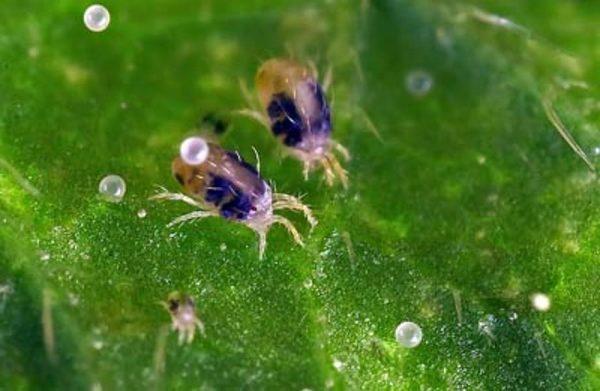
Aphid
These small flies settle on young shoots or on the underside of foliage. Aphids suck sap from plants, while being a carrier of various infections. These insects secrete a sweet substance called honeydew, which attracts other insects. To combat such a pest, insecticides are used.
Slugs
You can't completely get rid of slugs, but you can protect the flower by mulching the soil around it. Slugs will not be able to cross a porous, dry, or wounding surface. Protective mulch can be stone chips, spruce needles, crushed egg shells.
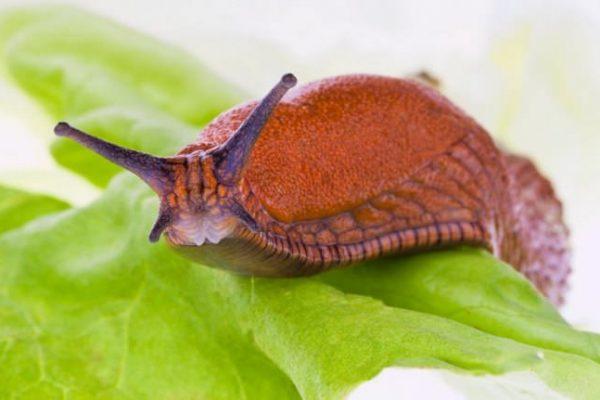
Use in landscape design
Sentyabrinki are often used as hedges and border decoration, as well as for the decoration of alpine slides and rockeries. Late flowering of aster continues the life of the alpine slides until the very frost.
And undersized Virginia asters can be planted in pots and decorate a balcony or terrace.
Kinds
There are several different types of Virginia asters. They come in a variety of colors and sizes.
Undersized
Low-growing varieties of Virginia asters do not exceed 30 cm in height. They look like hemispheres, sprinkled with small flowers of various colors. Looks great in the foreground in flower beds.

Medium height
Medium-sized varieties grow about 45-80 cm. Their inflorescences can be slightly larger than those of low-growing species or the same size.
High
Tall saintbrink species can grow up to 2 meters in height, and they grow beautifully without the need for a garter. Their inflorescences reach a maximum of 4 cm in diameter.
Groundcover
Such saintbrinks spread over the soil as a beautiful bright carpet. It is these types that are used for alpine slides.
Spherical
There are varieties with globular bushes. They do not grow taller than 70 cm. They look beautiful and harmonious as a hedge.

Terry
Some varieties have petals on the inflorescences, rolled into tubes, which are arranged in several rows, thanks to which the flowers seem to be double.
Popular varieties
There are about 1000 varieties of saintbrinks. But among this numerous variety, the most common are distinguished.
Audrey
This is a low-growing species of Virginia aster, the height of which does not exceed 45 cm. The color is pink.
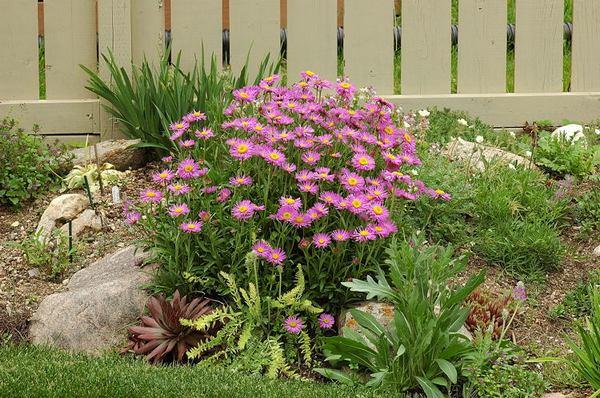
Jenny
Jenny also belongs to the undersized asters. It is quite compact, its height is about 30 cm. Inflorescences are bright red.
Snowsprite
Snowsprite is a low-growing variety with lush white flowers. The height of the bush is 35 cm.
Elina
And this variety belongs to the bushes of medium height. It grows up to 60-80 cm. The bush is densely covered with bright pink flowers, so that the leaves are practically invisible.
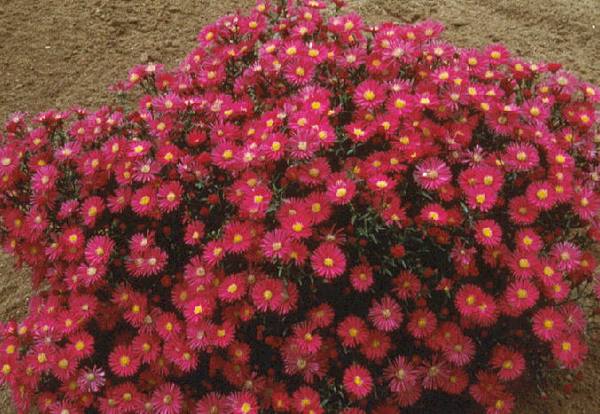
Cassie
Cassie is a medium-sized plant, but it grows slightly higher than the previous variety, up to 80-85 cm.In September, the bush is covered with white flowers with a diameter of about 3 cm.
Royal velvet
It is a medium-sized bush that blooms with bright blue-purple inflorescences. It is especially popular due to its unusual colors.
Whit lady
These sentiabrinka bushes are more than 1 meter high. The flower belongs to tall varieties. The flowers of Whit Lady are white, which is what its name says.
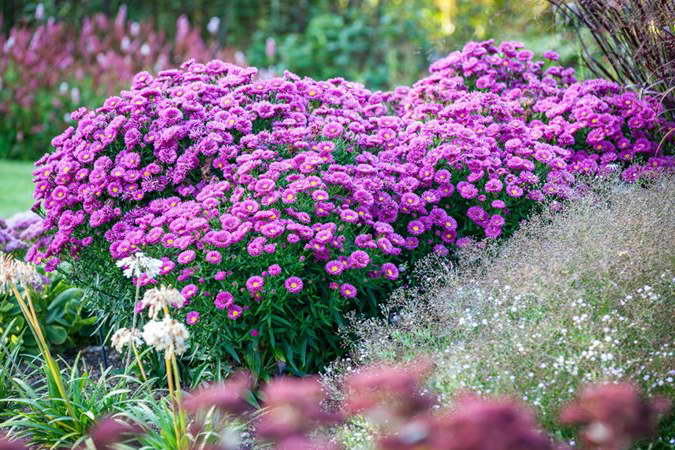
Desertblue
The bushes of this Virginia aster grow up to 1 m. Flowers up to 3.5 cm in diameter have a lilac color.
Dastyrose
Another tall variety, which can also reach a height of 1 m.Its flowers have a delicate crimson hue, and a diameter of up to 4 cm.
Amethyst
Purple or lilac flowers with a long flowering period lasting over 1 month. The height of the variety is 1 m.

Dick Ballard
A bush with white flowers, the petals of which are arranged in two rows, flowers up to 3 cm in diameter. Its height is 1 m. It blooms for about 35 days.
Sunset
A tall bush, reaching 1 m 20 cm. Its inflorescences are small, but quite bright crimson. The flowering period is 30-35 days.
Healing properties
As with all asters, Sentbrinks have medicinal properties. They are rich in flavonoids, coumarin and saponins. These substances make flowers medicinal.
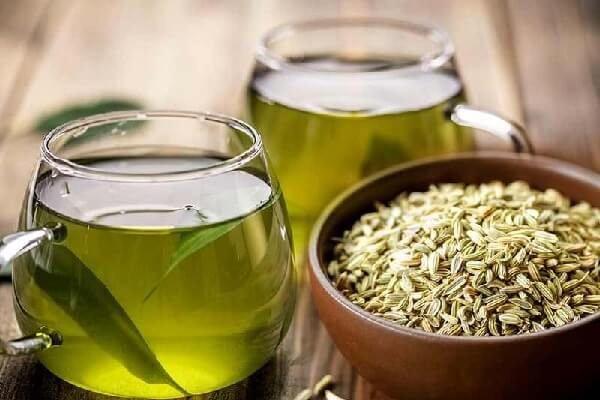
The plant has the following properties:
- antipyretic;
- expectorant;
- antihistamine;
- antihelminthic.
And also decoctions from Sentbrinks are effective for various problems with the gastrointestinal tract.
Why don't they bloom
Sometimes the bushes of the Virginia aster do not bloom. This can be caused by a draft. Even if the bush grows in a sunny open area, it may not have time to bloom until frost due to the fact that it is constantly blown. The bush may not bloom due to drought. When a plant lacks moisture, the root system begins to actively develop in order to provide itself with moisture. At the same time, the bush may simply not have enough strength to bloom.
